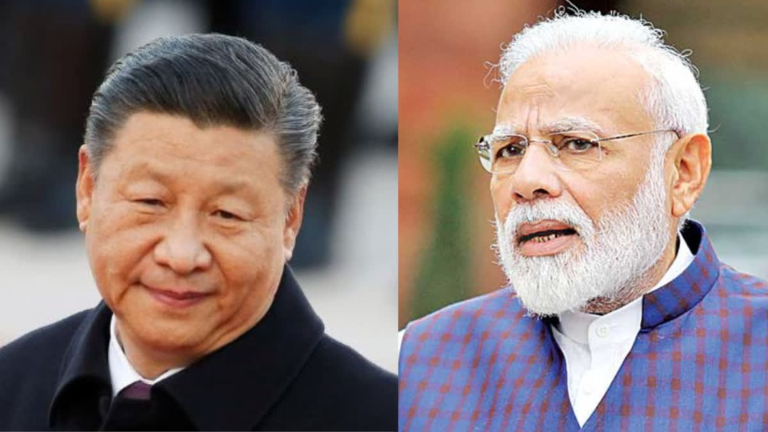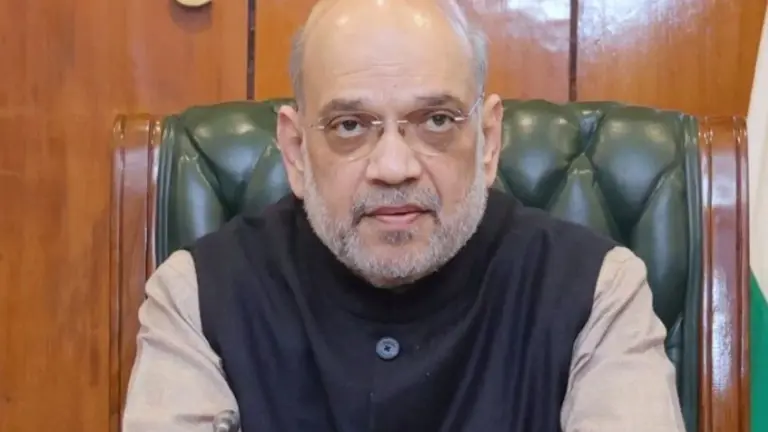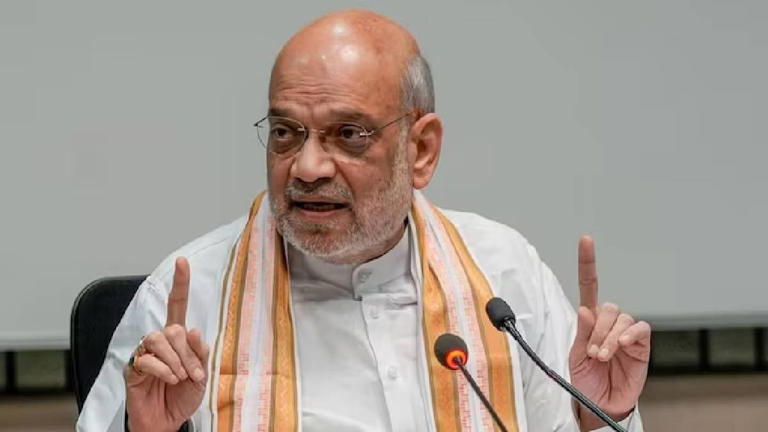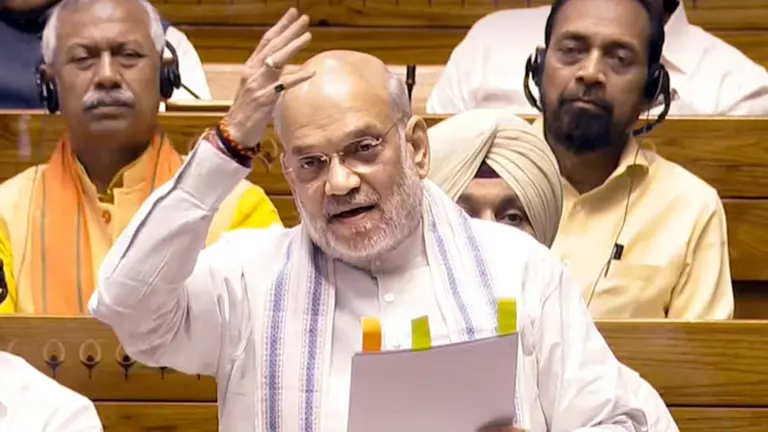India Leads Global Rice Market — Leaving the U.S. and China Far Behind
When it comes to global food powerhouses, people usually name the U.S. or China. But there’s one quiet leader reshaping global trade — India leads global rice market, and the numbers don’t lie.
From setting prices to disrupting global supply chains, India’s dominance in the rice trade is no longer just about quantity — it’s about control. In 2022 alone, India exported over 22 million tons of rice, more than three times that of its nearest competitor, Thailand. The result? India leads global rice market not just in volume, but in influence.
📊 How India Leads Global Rice Market with Unmatched Numbers?
Let’s look at the facts: India exported 22.07 million tons of rice in 2022, valued at $1.07 billion. That’s nearly triple the amount exported by Thailand and well beyond what China or the U.S. managed. Here’s how the top 10 rice-exporting countries performed:
| Rank | Country | Quantity (Tons) | Value (USD) |
| 1 | India | 22.07 million | $1.07 billion |
| 2 | Thailand | 7.68 million | $395.5 million |
| 3 | Vietnam | 5.44 million | $228.5 million |
| 4 | Pakistan | 4.57 million | $232.2 million |
| 5 | China | 2.35 million | $112.5 million |
| 6 | USA | 2.12 million | $170.2 million |
| 7 | Myanmar | 2.07 million | $78.7 million |
| 8 | Brazil | 1.41 million | $65.7 million |
| 9 | Uruguay | 979,834 | $49.8 million |
| 10 | Italy | 721,261 | $80.4 million |
From the above, it’s clear: India leads global rice market with a margin no country has come close to bridging — not even China.
🚨 Why India Leads Global Rice Market and Why It Matters?
India doesn’t just export rice — it controls the pulse of the market. When the Indian government makes a policy move, it shakes international prices. Earlier this year, India lifted its export ban on rice, and the ripple effect was immediate. Prices of Thai white rice fell from $669 to $405 per ton — a stunning drop that reminded everyone just how much India leads global rice market dynamics.
This isn’t just trade — this is leverage.
🌾 India Leads Global Rice Market with Strategic Intent?
The government’s decision to lift the export ban wasn’t random. It’s part of a broader economic strategy to:
- Boost agricultural exports
- Increase farmers’ income
- Establish India as a food superpower
With over 42% of its population relying on agriculture, this isn’t just about global influence — it’s about domestic strength. By ensuring India leads global rice market, the country supports its rural economy while asserting its global role in food security.
🔄 Why the Ban Was Imposed — and What Happened Next?
Before lifting the ban, India had restricted rice exports in response to the Russia-Ukraine war, fearing a domestic shortage as food inflation rose globally.
Critics in the West labeled the move “protectionist,” arguing it destabilized global markets. But India prioritized its own food security — a move that many now agree was justified. Still, when India leads global rice market, its internal decisions don’t stay internal for long. The ban’s impact was felt in Africa, the Middle East, and Asia — proving how globally entwined rice truly is.
🌍 How India Leads Global Rice Market and Outpaces Global Giants?
Let’s be clear — India leads global rice market in both volume and consequence. Here’s what sets India apart:
- Sheer quantity: No one else comes close in export volume.
- Price control: A policy shift in India means a price shift globally.
- Varietal diversity: From Basmati to parboiled, India offers it all.
- Geopolitical clout: India’s trade decisions influence global food politics.
Meanwhile, the U.S. and China — traditional agri-giants — are trailing. Despite their tech and manufacturing prowess, they simply don’t match India’s scale or market influence in rice.
📈 India’s $100 Billion Agri-Export Goal Starts Here
India’s rice exports are just the beginning. The government has set an ambitious target to reach $100 billion in agricultural and food product exports by 2030.
That includes:
- Processed foods
- Spices
- Grains like wheat and maize
- Pulses and legumes
And the cornerstone of that vision? You guessed it: India leads global rice market — and is using that lead to propel the entire sector forward.
🌐 Global Implications When India Leads Global Rice Market
So what does it mean for the rest of the world?
When India leads global rice market:
- Global South countries gain a stronger trading ally
- Buyers from Africa to the Gulf gain a reliable source of staple food
- Western supply chains face increased competition
- The power to influence food inflation shifts to New Delhi
This is more than trade. It’s geopolitical leverage rooted in agriculture — and India holds the winning hand.
🧠 Final Thought: India’s Not Competing — It’s Dominating
It’s no longer accurate to say India is “rising” in global agriculture. It has already risen. When India leads global rice market, it redefines what trade dominance looks like in the 21st century — not through high-tech exports, but through the simple, powerful commodity that feeds half the world: rice.
In the coming years, don’t be surprised if India’s export power reshapes how nations form alliances, secure food, and measure economic resilience. The grain revolution is here — and India’s driving it.






